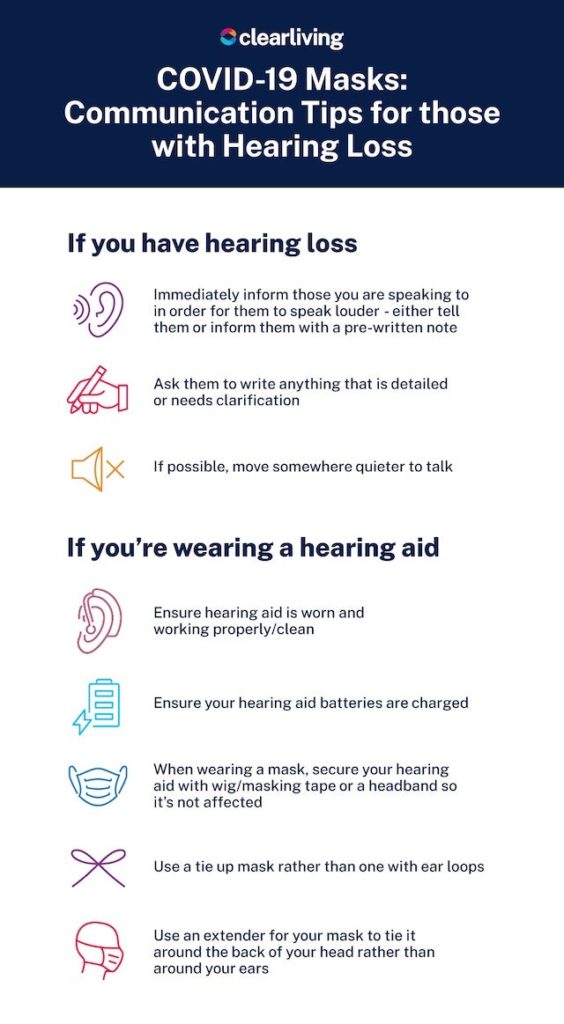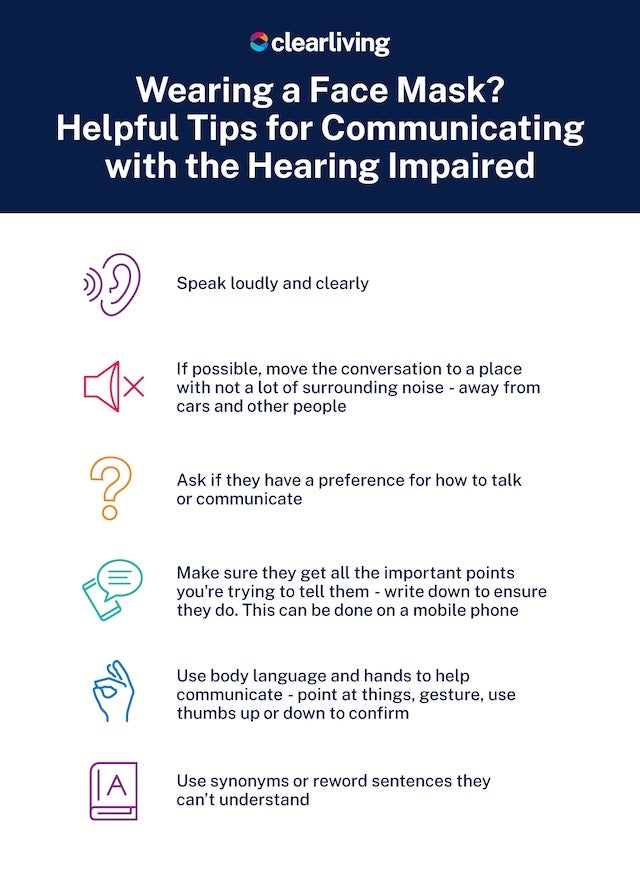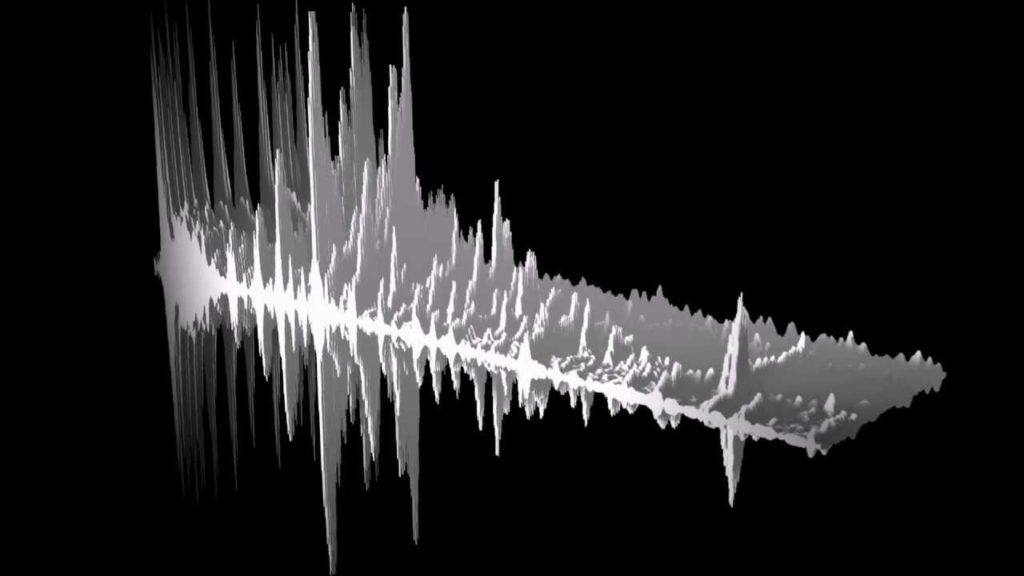Vestibular neuronitis, or neuritis, is an infection of the vestibular nerve in the inner ear. It causes the vestibular nerve to become inflamed, disrupting your sense of balance.
The term labyrinthitis is often used to describe the same condition. However, people with labyrinthitis usually experience hearing loss as well as balance problems and dizziness.
In most cases, the symptoms of vestibular neuronitis pass within a few weeks. Treatment usually involves a combination of bed rest and medication at the start, followed by a gradual return to activity.
Symptoms of vestibular neuronitis
The most common symptoms of vestibular neuronitis are dizziness and vertigo – the sensation that you, or everything around you, is moving. This may cause you to feel nauseous or be sick, have difficulty concentrating and blurred vision.
These symptoms can range from mild to severe, with some people feeling that they’re unable to remain upright for the first few days. In most cases, the symptoms appear suddenly during the day or when you wake up in the morning.
After a few days, you can usually start moving around, but will feel dizzy and easily tired. Even after a few weeks, you may feel some dizziness when being active, particularly away from your home.
See your GP if you have these symptoms. You should also avoid driving, using tools and machinery, or working at heights if you’re feeling dizzy.
Causes of vestibular neuronitis
The vestibular nerve usually becomes inflamed because of a viral infection, which may have started with a sore throat, cold or flu.
Vestibular neuronitis can also be caused by a bacterial infection, such as a middle ear infection or meningitis, although this is much less common. Bacteria can also get into your inner ear if you have a head injury.
Diagnosing vestibular neuronitis
Many conditions can cause dizziness and vertigo. Your GP will usually diagnose vestibular neuronitis based on your symptoms, your medical history and a physical examination.
You may be asked to move your head or body, and your ears will be checked for signs of inflammation and infection.
Your GP will also check your eyes. If they’re flickering uncontrollably, it’s usually a sign that your vestibular system (the body’s balancing system) isn’t working properly.
You may be referred to hospital if:
your GP suspects a more serious condition, such as a middle ear infection or meningitis
the condition isn’t showing signs of settling after three to four weeks
you also have hearing loss
Treating vestibular neuronitis
The symptoms of vestibular neuronitis usually settle over a few weeks, even without treatment. However, there are some self-help measures you can take to reduce the severity of your symptoms and help your recovery.
Medication doesn’t speed up your recovery, but may be prescribed to help reduce the severity of your symptoms.
Self-help for vestibular neuronitis
If you’re feeling nauseous, drink plenty of water to avoid becoming dehydrated. It’s best to drink little and often.
If you have quite severe vertigo and dizziness, you should rest in bed to avoid falling and injuring yourself. After a few days, the worst of these symptoms should have passed and you should no longer feel dizzy all the time.
You can do several things to minimise any remaining feelings of dizziness and vertigo. For example:
avoid alcohol
avoid bright lights
try to cut out noise and anything that causes stress from your surroundings
You should also avoid driving, using tools and machinery, or working at heights if you’re feeling dizzy and unbalanced.
Once the dizziness is starting to settle, you should gradually increase your activities around your home. You should start to have walks outside as soon as possible. It may help to be accompanied by someone, who may even hold your arm until you become confident.
You won’t make your condition worse by trying to be active, although it may make you feel dizzy. While you’re recovering, it may help to avoid visually distracting environments such as:
supermarkets
shopping centres
busy roads
These can cause feelings of dizziness, because you’re moving your eyes around a lot. It can help to keep your eyes fixed on objects, rather than looking around all the time.
Once you’re over the worst phase of the illness, physical activity helps you recover, even though it will be unpleasant at first.
Medication for vestibular neuronitis
Your GP may prescribe medication for severe symptoms, such as:
a benzodiazepine – which reduces activity inside your central nervous system, making your brain less likely to be affected by the abnormal signals coming from your vestibular system
an antiemetic – which can help with symptoms of nausea and vomiting
antibiotics – if your vestibular neuronitis is thought to be caused by a bacterial infection
Check the patient information leaflet that comes with your medication for a full list of possible side effects.
Chronic vestibular neuronitis
A small number of people experience dizziness and vertigo for months or even years. This is sometimes known as chronic vestibular neuronitis.
It happens when the vestibular nerve fails to recover and the balance organs can’t get messages through to your brain properly.
The symptoms aren’t usually as severe as when you first get the condition, although even mild dizziness can have a considerable impact on your quality of life, employment and other daily activities.
Vestibular rehabilitation therapy (VRT)
VRT is an effective treatment for people with chronic vestibular neuronitis. VRT attempts to “retrain” your brain and nervous system to compensate for the abnormal signals coming from your vestibular system.
VRT is usually carried out under the supervision of a physiotherapist and involves a range of exercises designed to:
co-ordinate your hand and eye movements
stimulate sensations of dizziness, so your brain starts to get used to disruptive signals sent by your vestibular system and then ignores them
improve your balance and walking ability
improve your strength and fitness
The Brain and Spine Foundation is a UK charity that has more information about vestibular rehabilitation on its website.
You can ask your GP to refer you to a physiotherapist or you can pay for private treatment. If you decide to see a private physiotherapist, make sure they are fully qualified and a member of a recognised body, such as the Chartered Society of Physiotherapy (CSP).
The Physio First website lists qualified members, so you can find a private physio in your area.
Not all physiotherapists have training in VRT, so you need to make it clear that you require this type of treatment before making an appointment.





